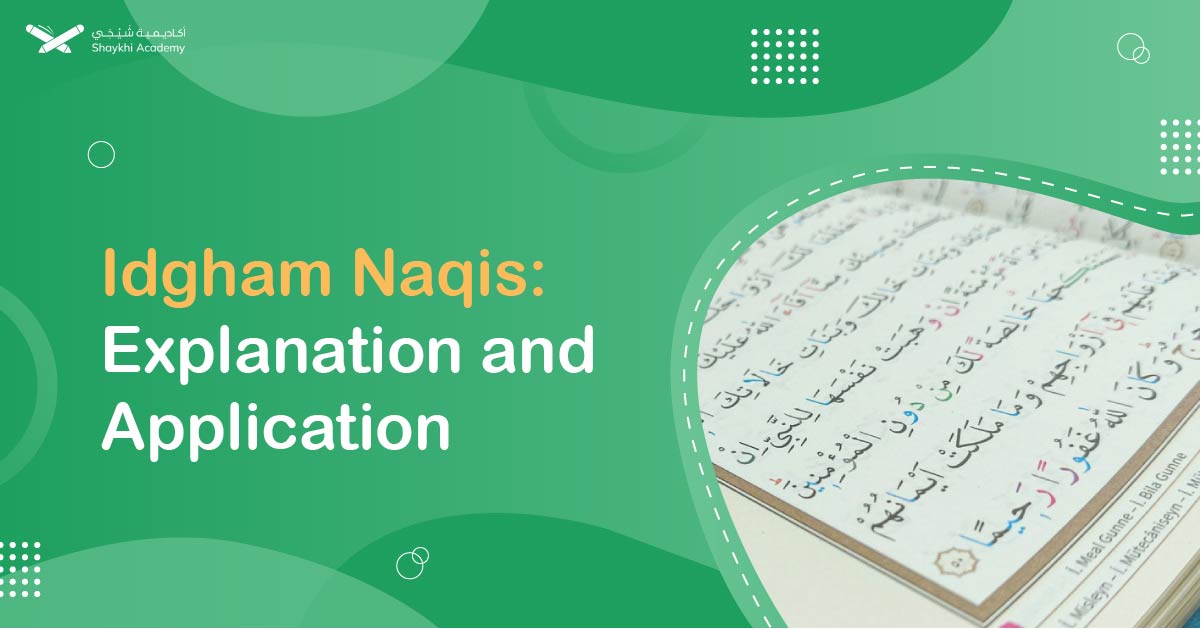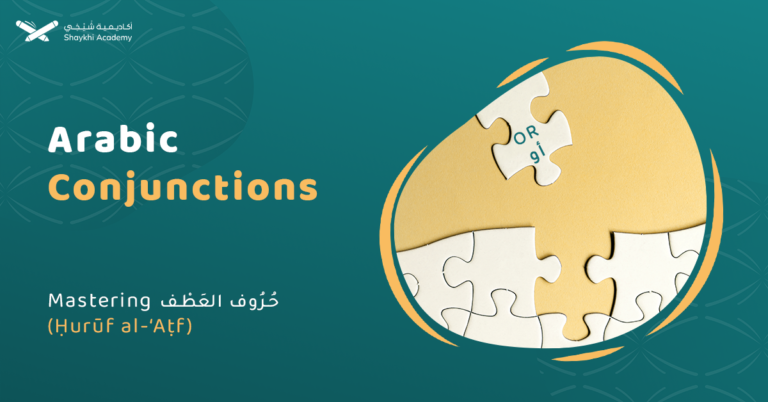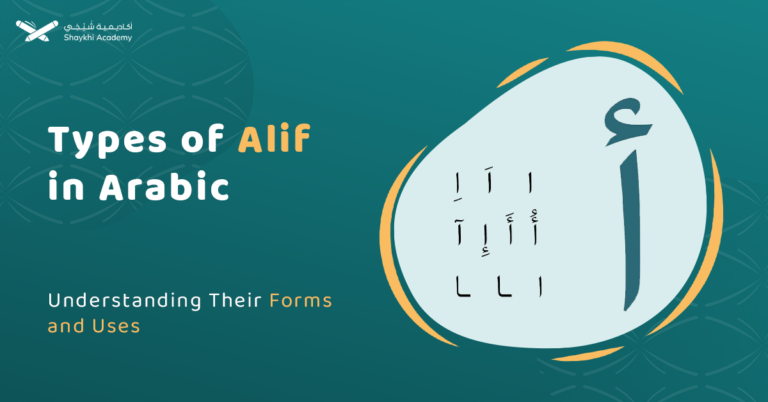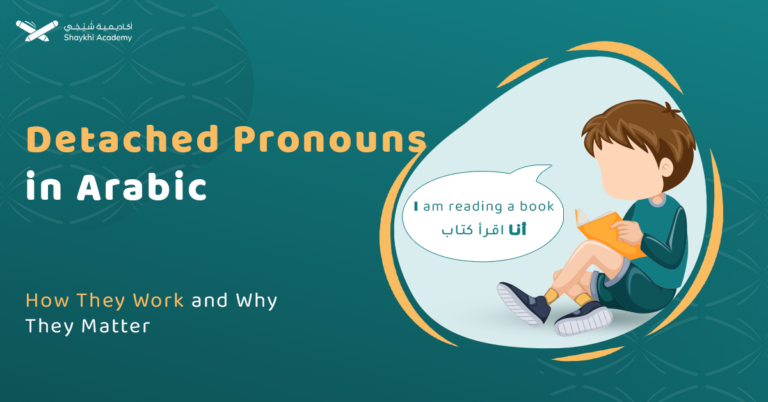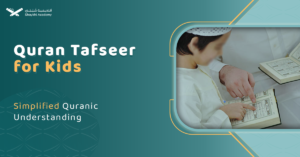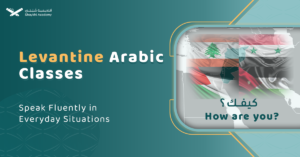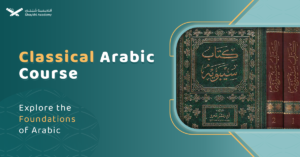Idgham Naqis, a subcategory of Idgham, signifies partial merging of letters where Noon Saakinah (نْ) or Tanween (ً ٍ ٌ) is followed by “ي” (ya) or “و” (waw), producing a nasal sound (Ghunnah). Unlike Idgham Kamal, where the first letter is completely merged into the second, Idgham Naqis involves a partial merging, retaining some characteristics of the first letter.
An example is “من يعمل” (min ya’mal), where the Noon Saakinah in “من” merges with the “ي” in “يعمل” with a nasal sound. Understanding and applying Idgham Naqis ensures proper and melodious Quranic recitation.
Tajweed is the set of rules governing the pronunciation of the Qur’an to ensure it is recited as it was revealed to the Prophet Muhammad (PBUH). One of the critical components of Tajweed is the concept of Idgham. Within Idgham, there is a particular type known as Idgham Naqis. This article aims to provide a comprehensive understanding of Idgham Naqis, its rules, application, and importance in Tajweed.
Introduction to Idgham:
Idgham in Tajweed refers to the merging or assimilation of two letters where the first letter loses its distinct pronunciation and merges into the second. Idgham can be with or without Ghunnah. Idgham with Ghunnah involves the merging of one letter into another with a nasal sound, adding a resonant quality to the pronunciation.
The letters involved in Idgham with Ghunnah are ي (Ya), ن (Noon), م (Meem), and و (Waw). Ghunnah is the nasalization or nasal resonance that typically occurs for about one second, enhancing the depth and richness of Quranic recitation.
Idgham without Ghunnah, on the other hand, refers to the merging of one letter into another without any nasal sound. The letters involved in Idgham without Ghunnah are ر (Ra) and ل (Lam). In this type of Idgham, the first letter merges into the second, and the pronunciation remains clear and distinct without the characteristic nasal resonance.
Idgham Naqis: Definition and Explanation
Idgham Naqis is one of the subcategories of Idgham. The term “Naqis” means “incomplete” or “deficient,” indicating that in Idgham Naqis, the merging process is partial.
Idgham Naqis is primarily observed in two scenarios involving the letters of Noon Saakinah and Tanween.
occurs when Noon Saakinah (نْ) or Tanween ( ً ٍ ٌ ) is followed by one of the letters (ي ، و), and a nasal sound (Ghunnah) is pronounced.
- Example: The word “من يعمل” (min ya’mal) where the Noon Saakinah in “من” is followed by the letter “ي” in “يعمل” resulting in the merging of the Noon sound with a Ghunnah.
What is Idgham Naqis in Tajweed?
In the study of Tajweed, the art of reciting the Quran with proper pronunciation and intonation, various rules are employed to ensure the correct pronunciation of letters and words. One of these rules is “Idgham,” which means merging or assimilating. In this article, we will explore Idgham Naqis, as we did in Idgham with Ghunnah and Idgham without Ghunnah. We will look into their meanings, examples, and specific letters involved in each type.
Idgham Naqis is a term used to describe a short form of Idgham. To understand what Idgham Naqis means, we need to first know about Idgham Kamal (full).
Idgham Naqis involves inserting the first letter with the second letter, which is a substance and not an adjective.
In Idgham Kamel, the first letter is completely hidden, and only the second letter is pronounced, merging the two letters into one fully stressed letter.
Idgham Kamal applies to four letters: ن (noon), ل (lam), م (meem), and ر (ra). On the other hand, Idgham Naqis occurs when we insert the first letter into the second letter instead of dropping it.
Importance of Idgham Naqis in Tajweed
Proper application of Idgham Naqis ensures that the recitation of the Qur’an adheres to the authentic way it was revealed. It enhances the beauty and fluency of the recitation, making it more melodious and pleasing to the listener. Incorrect application can lead to misunderstandings and misinterpretations of the verses.
Examples of Idgham Naqis
Understanding and applying Idgham Naqis correctly is essential for proper Qur’anic recitation. Here is a table summarizing the rules:
| Type | Letters Involved | Ghunnah (Nasal Sound) | Example |
| Idgham Naqis with Ghunnah | ي ، و | Yes | من يعمل (man ya’mal) |
| Letters | Example | Explanation | Surah | Ayah |
| و (waw), ن (Noon), | مِن وَلِي | “ن” merges into “و” with a nasal sound. | Al-Baqarah | 107 |
| ٍ(tanween) , و (Waw) | وَلِيٍّ وَلاَ | “Tanween” merges into “و” with a nasal sound. | Al-Baqarah | 107 |
| ي (ya) , ن (noon) | فَمَن يَـعْمَلْ | “ن” merges into “ي” with a nasal sound. | Az-Zalzalah | 7 |
| ً (tanween) , ي (Ya) | خَيْراً يَرَهُ | “tanween” merges into “ي” with a nasal sound. | Az-Zalzalah | 7 |
| و (Waw) , ن (noon) | مِن وَاقٍ | “ن” merges into “و” with a nasal sound. | Ar-Ra’d | 34 |
Special cases of Idgham Naqis in the Quran:
An example of Idgham Naqis is found in the verse:
“فَمَكَثَ غَيْرَ بَعِيدٍ فَقَالَ أَحَطْتُ بِمَا لَمْ تُحِطْ بِهِ وَجِئْتُكَ مِنْ سَبَإٍ بِنَبَإٍ يَقِين” (Famakatha ghayra ba’eedin faqala ahathtu bima lam tuhit bihi waji’tuka min Saba’in binabi’in yaqeen).
In this verse, the word “أَحَطْتُ” (ahathtu) experiences short Idgham between the letters ط (ta) and ت (ta), where the reciter slightly joins the two letters instead of completely dropping them.
The letter Qaf(ق) assimilates with Kaf(ك) , as in the verse: “أَلَمْ نَخْـلُـقكُّـم مِّن مَّاء مَّهِينٍ” (Al-Mursalat 20). In this case as well, Qaf assimilates with Kaf in a partial assimilation.
These two cases also fall under assimilation of similar letters.
(idgham mutajanisain)
Exceptions of The General Rule of Idgham Naqis
In the recitation of the Quran, there are exceptions to the typical rules of Idgham Naqis:
1. Izhar in Some Idgham Cases:
When the noon saakinah and the following letter meet within a single word, assimilation does not occur, and the letters must be pronounced distinctly. Examples include the words “دنيا” (dunya), “صنوان” (sunwan), “قنوان” (qunwan), and “بنيان” (bunyan).
2. Continuous Recitation:
In specific verses, such as ﴿يس * وَالْقُرْآنِ الْحَكِيمِ﴾ (Yasin 1-2) and ﴿ن وَالْقَلَمِ وَمَا يَسْطُرُونَ﴾ (Al-Qalam 1), upon continuous recitation, Hafs pronounced the noon distinctly.
3. Recitation of Initials:
In the initials of Surahs Ash-Shu’ara and Al-Qasas (﴿طسم﴾), Hafs assimilates the noon saakinah into the meem.
4. Stopping on Noon and Meem:
In the verse ﴿وَقِيلَ مَنْ رَاقٍ﴾ (Al-Qiyamah 27), when pausing on the noon of “من,” the noon and meem with sukoon are pronounced distinctly.
Explanatory Tables for Beginners
To facilitate the learning process for beginners, we have included explanatory tables that summarize the key points of Idgham Naqis, Idgham with Ghunnah, and Idgham without Ghunnah.
| Idgham Naqis | Example | Explanation |
| أَحَطْتُ | “أَحَطْتُ بِمَا” (Surah: An-Naml 27:22) | Short Idgham between ط and ت where they slightly join. |
| Idgham With Ghunnah | Example | Explanation |
| ي (Ya) | “مِنْ يَقُولُ” (Surah: Al-Baqarah 2:8) | Noon saakinah merges with Ya with a nasal sound. |
| و (Waw) | “مِنْ وَاقٍ” (Surah: At-Tur 52:36) | Noon saakinah merges with Waw with a nasal sound. |
| Idgham kamel with ghunnah | example | explanation |
| ن (Noon) | “مِن نَّاسٍ” (Surah: Al-Baqarah 2:8) | Noon saakinah merges with Noon with a nasal sound. |
| م (Meem) | “مِنْ مَّالٍ” (Surah: Al-Baqarah 2:3) | Noon saakinah merges with Meem with a nasal sound. |
| Idgham kamel Without Ghunnah | Example | Explanation |
| ر (Ra) | “مِنْ رَبِّهِمْ” (Surah: Al-Baqarah 2:5) | Noon saakinah merges with Ra without a nasal sound. |
| ل (Lam) | “مَن لَّمْ” (Surah: Al-Imran 3:182) | Noon saakinah merges with Lam without a nasal sound. |
These tables serve as a quick reference guide for beginners to understand and apply the rules of Idgham in their Quranic recitation.
By understanding and practicing these rules, learners can improve their Quranic recitation skills and enhance their connection with the Holy Quran.
Learning Idgham Naqis With Quran Certified Teachers:
To master Idgham Naqis, it is crucial to receive proper training under a qualified teacher. Sheikhi Academy offers specialized Tajweed courses that focus on the detailed rules of Idgham, including Idgham Naqis.
Our courses are designed to cater to all levels, from beginners to advanced students.
Why Choose Shaykhi Academy?
- Connect with highly qualified native tutors.
- Flexible scheduling to suit your busy lifestyle.
- Affordable classes tailored for all levels.
- Accessible from anywhere around the globe.
Discover Our Range of Courses:
- Arabic Noorani Qaida: Lay a solid foundation for Quranic studies.
- Online Quran Classes for Kids: Engaging lessons for lifelong learning.
- Tajweed Rules for Kids: Learn to recite with confidence.
- Quran Hifz for Kids: Step-by-step guidance to memorize the Quran.
- Quran for Adults: Introduce yourself to Quran reading and Tajweed rules.
- Online Arabic Courses: Master the language of the Quran.
- Islamic Studies: A wide range of topics related to Islam, including theology, law, Quranic studies, Hadith.
Don’t Miss Out on Your Chance to Excel!
Whether you’re a beginner or seeking advanced knowledge, Shaykhi Academy can guide you! Book your free trial now and make Ramadan 2024 your Quranic turning point!

Conclusion
Understanding and correctly applying Idgham Naqis is a vital aspect of Tajweed. It requires practice and guidance to perfect.
Idgham Naqis, a fascinating element of Tajweed, brings a touch of artistry to Quranic recitation through its unique merging technique.
This “incomplete assimilation” occurs when Noon Saakinah (نْ) or Tanween (ً ٍ ٌ) encounters the letters “ي” (ya) or “و” (waw), creating a soft, nasal sound (Ghunnah). Unlike the seamless fusion in Idgham Kamal, Idgham Naqis preserves a hint of the original letter, adding a subtle resonance to the recitation.
Picture “من يعمل” (min ya’mal), where the Noon Saakinah in “من” gently blends into the “ي” in “يعمل,” enriching the recitation with a delicate nasal hum. Mastering Idgham Naqis not only ensures accuracy but also imbues your Quranic recitation with a harmonious and captivating flow.
At Sheikhi Academy, we provide comprehensive Tajweed courses that cover all aspects of Qur’anic recitation, including Idgham Naqis. Enroll today to enhance your recitation skills and deepen your connection with the Qur’an.
For more detailed information and to enroll in our Tajweed courses, visit Sheikhi Academy‘s Tajweed Courses.
